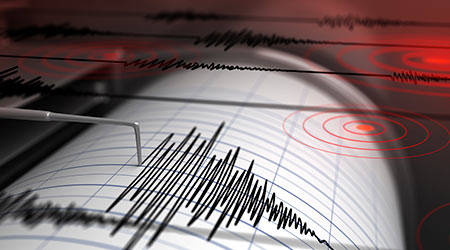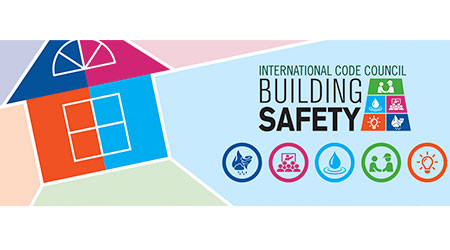
Earthquake Report Reveals Facilities in Peril
May 3, 2019
Institutional and commercial facilities go to great lengths to prepare for emergencies that most commonly include power outages, fires and flooding. As it turns out, many facilities face a stronger and potentially more destructive threat — earthquakes.
The state of Washington recently released its first updated statewide inventory identifying more than 7,500 unreinforced masonry buildings that are vulnerable to collapse in an earthquake, including more than 1,200 buildings in the city of Seattle, according to KOMO News.
The location and information about each of those buildings is available in an interactive map that allows users to focus on specific geographic locations, including counties, cities and local neighborhoods. The inventory also can be sorted by other criteria, including building use or construction design.
The list of vulnerable buildings includes schools, hotels, apartment buildings, libraries, fire stations, post offices, churches, groceries, police stations, museums, and many other structures that house large numbers of people.
The buildings are considered especially dangerous in an earthquake because there is no steel, such as rebar, to reinforce the load-bearing brick-and-mortar walls. Without reinforcement, the side-to-side motion that occurs during an earthquake could cause these types of walls to crumble or collapse.
Dan Hounsell is editor-in-chief of Facility Maintenance Decisions.
Next
Read next on FacilitiesNet












